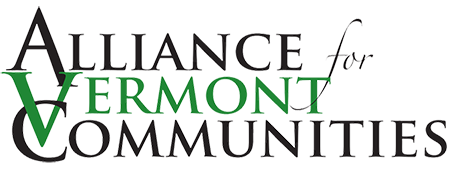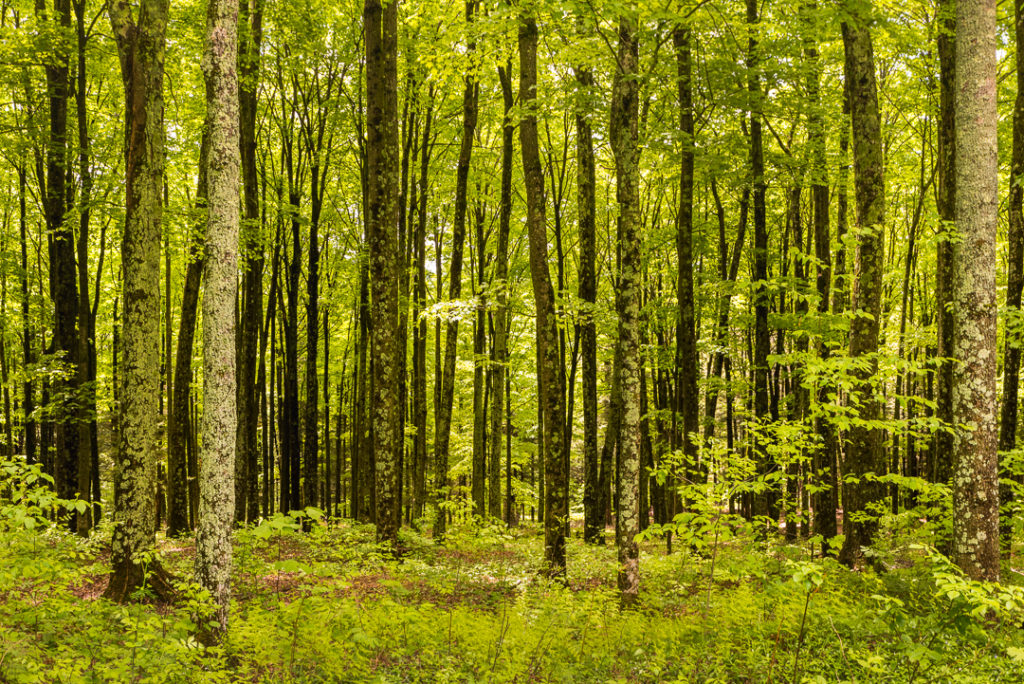To date The Alliance for Vermont Communities has worked successfully with our partners at the Vermont Land Trust and the Upper Valley Land Trust to conserve over 900 acres of culturally and ecologically valuable land.
Our most recent project, the Ashley Community Forest, straddles the Strafford and Sharon town line. This specific property is home to the remnants of an 1800’s Homestead.
Our mission is focused on protecting what matters most to our communities and on promoting sustainable development. We believe conservation with outdoor recreation opportunities will be a first step in our long-term goals. Public access to culturally and environmentally important pieces of land is not only key to preserving a piece of history, but also in providing places for outdoor education and where community members can come together through healthy activities. Conservation may not be the answer to all of our mission based goals, so we will be talking with new partners about affordable housing, food access and attracting families and businesses.
If you would like to get involved in our conservation work, please email Michael Sacca at mfsacca@gmail.com. Thank you to all of the generous donors who have made this important work possible.
What is the difference between Conservation Easement and Current Use?
Conservation Easements
A conservation easement is a legal agreement that limits development and subdivision, while protecting land for farming, forestry, nature, and/or recreation.
Landowners who donate an easement continue to own and pay taxes on the land. They can use the land for farming, forestry, recreation, education and other activities that sustain the property’s resources.
Conservation easements are tied to the land, whether it is sold or remains in the family—so you can be assured that the land you cared for will be protected, even when you no longer own it.
Current Use
The Use Value Appraisal Program (UVA), or more commonly called Current Use, was implemented in 1978 by the Legislature and enables farm and forest landowners who practice long-term management to have land appraised for its “use value” rather than at fair market value. Current Use is a tax equity program and the single most important tool to preserve Vermont’s working landscape. The Vermont Tax Department administers the program and the current use advisory board sets tax rates annually. The governing statute is 32 V.S.A. Chapter 124.
Productive farm and forestland is the key to current use. All land enrolled in this tax program must be managed productively: all woodlands enrolled in current use must have a management plan that includes harvesting timber. This does not mean that timber must be harvested every year but that timber will be harvested when appropriate for forest conditions.
There are more than 18,400 properties enrolled in Current Use. Vermont is 5.4 million acres in size; 4.5 million acres are in forest and woodlands, and 794,000 acres are agricultural. Roughly half of the eligible properties, or about 2.4 million acres of our working landscape, are enrolled in Current Use. Private landowners own 80 percent of the forested landscape, while local municipalities, the State of Vermont, and the federal government own 19 percent. Industrial landowners hold the remaining 1 percent.
Town Forest Conservation Easement Summary
Vermont Land Trust (VLT) has assisted many communities create and protect town forests that are some of their most treasured places. Conservation easements held by VLT on town forests are tailored to the particular property, yet they often have similar basic structures and primary components. Outlined below are typical components of a town forest conservation easement.
Statement of Purposes
The conservation easement begins with a statement of purposes that governs the entire document. A town forest easement typically includes purposes of protecting wildlife habitat and natural features, productive forestland, public recreation and education, open space and scenic values, and access for the general public for non-commercial, non-motorized uses.
Restricted Uses
Town forest conservation easements outline uses that will be restricted or prohibited because of their likely impacts on the property’s resources and the public’s use of the property.
• In general, town forest easements limit uses on the property to educational, forestry, non-motorized, non-commercial recreation, habitat conservation, natural area, and open space purposes. Notwithstanding the limitations on commercial recreation, the easement typically allows fees to be charged to cover reasonable costs of providing recreation opportunities, such as groomed cross-country skiing or mountain biking.
• Residential, industrial, or mining activities are generally not permitted.
• Disturbing the surface, such as excavation or removal of topsoil, is generally not allowed (unless reasonably required for an allowed use under the easement).
• Motorized vehicles are generally prohibited, except for uses such as forestry, recreation management, agriculture, emergencies, or for people with mobility disabilities.
• Streams and other water courses on the property cannot be manipulated, except as reasonably necessary to further purposes of the easement (such as trail crossings).
• Maintaining trash dumps on the property is prohibited.
• Commercial advertisement signs or billboards are prohibited.
• Any sale of the land or rights of way would need approval by VLT.
Permitted Uses
The easement outlines allowed uses on the property, provided they are conducted in a manner that does not unreasonably impact other resources. Certain uses (such as new parking areas or structures) may need approval for location and scale. Permitted uses typically include:
• Non-motorized, non-commercial recreational uses such as (but not limited to) bird-watching, skiing, snowshoeing, swimming, fishing, hiking, hunting, and trapping.
• Snowmobiling and “mechanized” recreation such as mountain biking or horseback riding may be permitted by the Town if addressed in the Management Plan (see below).
• Maintaining existing fields, orchards and pastures is allowed. Any conversion of forestland to create open land would need to be approved by VLT.
• Forest management for timber and wood products is allowed if conducted under a forest management plan approved by VLT. Maple sugaring is also allowed on the property.
• The easement allows maintenance of existing trails and the right to build new trails.
• Events and entertainment for the public are allowed on the property.
• Unpaved parking lots to reasonably accommodate the public are allowed.
• The maintenance and construction of structures reasonably necessary to carry out the purposes of the conservation easement is allowed with VLT approval.
Important Natural Features, Riparian Areas, Wetlands, and Vernal Pools
The easement will identify special zones around uncommon or sensitive natural areas where any management will need to be directed toward the protection of those natural features. For example, easements typically include 50-foot buffer areas around streams and wetlands, within which management must be limited and focused on water quality and aquatic habitat.
Public Access
The conservation easement requires that the property be open to the general public for all types of non-commercial, non-motorized, non-mechanized, dispersed recreational and educational uses, including bird-watching, cross-country skiing, fishing, hiking, hunting, snowshoeing, swimming, trapping, walking and wildlife observation. However, the community may limit or restrict public access to assure compliance with the easement requirements, to protect natural habitats, or to protect public health or safety (including the right to permit, regulate or prohibit fishing, hunting and trapping). Snowmobiling and non-motorized, “mechanized” recreation such as mountain biking or horseback riding may be allowed at the discretion of the Town.
Management Plan
The conservation easement requires that the Town develop a Management Plan for the property with a significant public process and community input. The Management Plan identifies actions and management needs to balance all the resources and human uses, including items such as:
• recreational uses that may need special management focus;
• public access and meaningful recreational links;
• forest management;
• signage;
• identification and protection of natural communities, plant, wildlife and aquatic habitat and other ecologically sensitive or important areas;
• educational uses and programs; and
• improvements and structures to further the easement purposes.



